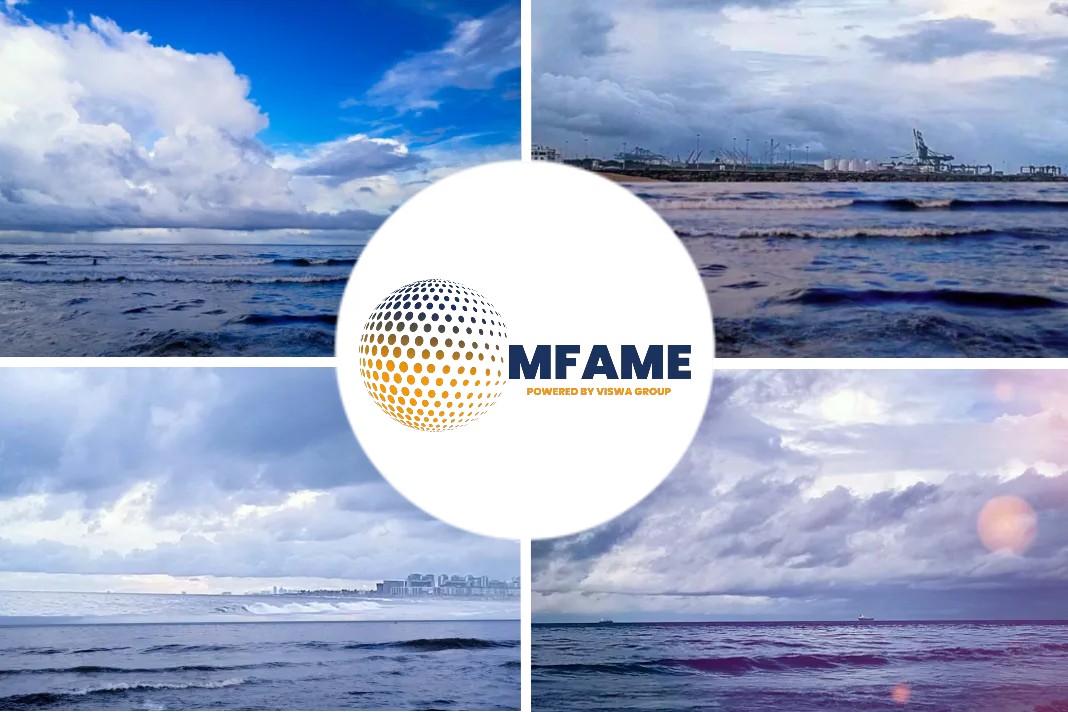
The shipping sector is a vital part of the global economy, responsible for transporting goods and materials to and from different parts of the world. It is a complex and challenging environment, where even minor improvements can result in significant benefits. In order to stay competitive, it is essential for businesses in the shipping sector to invest in artificial intelligence solutions. AI can help companies automate tasks, optimize operations, and make better decisions.
AI In Maritime Industry
The presence of AI in the logistics sector has been increasingly visible in recent years. Just like in the case of manufacturing, the potential of artificial intelligence in this field is impressive. AI-based solutions can streamline overland transport, but it also finds applications in the maritime sector. Shipping goods is a fundamental aspect of the globalized economy, and growing customers’ expectations worldwide enforce constant optimization in this field. In a nutshell, AI is changing the face of the maritime industry in three particular ways – by providing partial autonomy to the automatized units, evaluating processes and optimizing them, and forecasting future trends.
AI Use Cases in Maritime
From forecasting to equipment automation – AI’s applications in the shipping sector are vast. Let’s take a closer look at how AI is revolutionizing the maritime industry based on particular use cases.
Planning Shipment of Containers: Predictive Scheduling: Predictive analytics enables shipping companies to optimize their vessel scheduling. They use the port calls data like destination, arrival time, trajectory, and trip duration provided by the port community systems to manage their trips most efficiently. Using the data on the vessel traffic, the carriers schedule and reschedule arrivals to avoid delays and downtimes. Machine learning helps them deal with the unpredicted scenarios caused by emergencies and enforced route changes.
Organizing Containers Positioning: The machines position the containers using computer vision, making autonomous decisions after learning through unsupervised methods. What does it look like in practice? Without getting into details – the monitoring device transfers an image to the interpreting device that classifies the container recognizing such variables as size and shape. Then it evaluates the existing storage configuration to identify the most appropriate space for the new container.
Voyage Planning And Route Forecasting: Route forecasting based on real-time data enables companies to optimize their routes depending on variables like weather and react to unexpected events. The 2021 incident in the Suez Canal has shown how critical these forecasting models are to the shipping sector – with the most frequented maritime transport route entirely blocked, the shipping companies had to improvise, searching for the shortest and most time-effective alternatives. AI technology could provide them with fast estimations.
Predictive Maintenance: Just like in the case of the manufacturing industry, the shipping companies and port management companies use machine learning algorithms for the purposes of predictive maintenance. The AI allows them to identify machinery issues before they escalate, causing downtimes and affecting the whole supply chain. Predictive maintenance is crucial for the ships themselves due to the nature of the shipping industry. The standard Asia-Europe shipping route via Panama Canal takes at least 22 days, and during this time, access to maintenance support may be limited. AI-based predictive maintenance can identify the issues before the route launch, saving the shipping company expenses.
Benefits Of Using AI in the Shipping Industry
The globalized world depends heavily on the shipping industry today – thus, the optimization of its processes is crucial for the economies. As you can see, based on the use cases listed above, artificial intelligence can have a positive impact on all the stages of the shipping process – from container distribution planning, through route forecasting, to unloading in ports.
In fact, all the sides get something out of the AI’s implementation. The shipping carriers and freight forwarders:
- improve the cost-effectiveness and productivity of their processes with advanced planning and scheduling tools
- adjust to the changing market realities, fluctuating demand, and unpredicted events with dynamic pricing and route forecasting algorithms
- calculate the most efficient route in terms of fuel consumption.
The port operators, on the other hand:
- streamline their loading and unloading operations with the support of AI-managed cranes and other equipment
- reduce the costs of hiring and training additional staff with robotics and automatic vehicles
- reduce the risk of human errors with automated planning, positioning, and calculation
Did you subscribe to our newsletter?
It’s free! Click here to subscribe!
Source: Nexocode






















